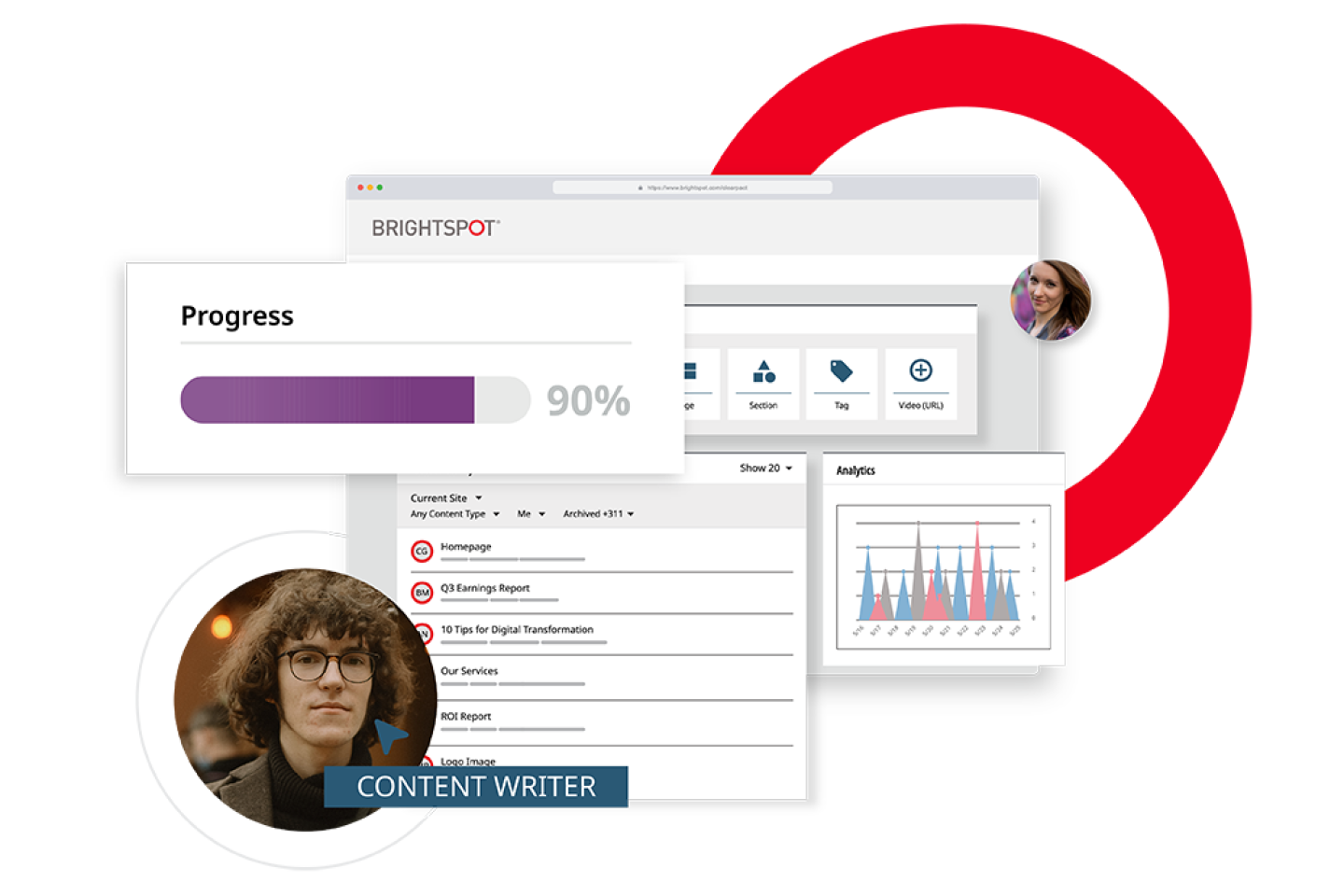SEO services
In today’s digital age, having a strong online presence is crucial for any business. With the majority of consumers turning to search engines to find products and services, it’s important for businesses to invest in SEO services to improve their visibility and attract potential customers. Find out here how Brightspot’s SEO services can help your business stay ahead of the competition.

It all starts with a comprehensive SEO audit.
-

I’ve done site migrations several times over the years, and the thing that you always worry about — whether you’re a large enterprise or a small publisher — is that you’ve put in a lot of previous work to create an SEO footprint. I didn’t want to mess anything up on the SEO footprint side, and with the Brightspot replatforming what we saw was not only no loss, but a very welcome 40% improvement.
Chief Growth Officer, DispatchHealth
Brightspot SEO audits involve a comprehensive analysis of a website’s current SEO performance and provides recommendations for improvement. During an SEO audit, 130+ various aspects of the website are evaluated, including on-page optimization, technical SEO, backlink profile, keyword usage and user experience with the help of industry leading tool’s like ScreamingFrog, WebPageSpeed, SEMRush, AHREFs, SEMJI and Google Search Console.
The purpose of an SEO audit is to identify any issues or areas of improvement that may be hindering the website’s visibility and ranking on search engine results pages (SERPs). By conducting an audit, Brightspot SEO Services can help businesses understand their current SEO standing and develop a strategy to optimize their website for better performance.
Based on the findings of the SEO audit, Brightspot delivers actionable recommendations and strategies that seamlessly integrate with the Brightspot CMS to improve the website’s SEO performance. These recommendations may include optimizing content, fixing technical issues, improving site structure and developing a backlink acquisition strategy.










-

A big value we see from Brightspot is with search engine optimization. On average we are seeing site health improve by over 40% when launching new courses. The resulting growth in organic search rankings is testament to the site structure on the back end — it’s just a really good mousetrap when it comes to people seeking information on golf courses near them.
Director of Digital Marketing, Indigo Sports









